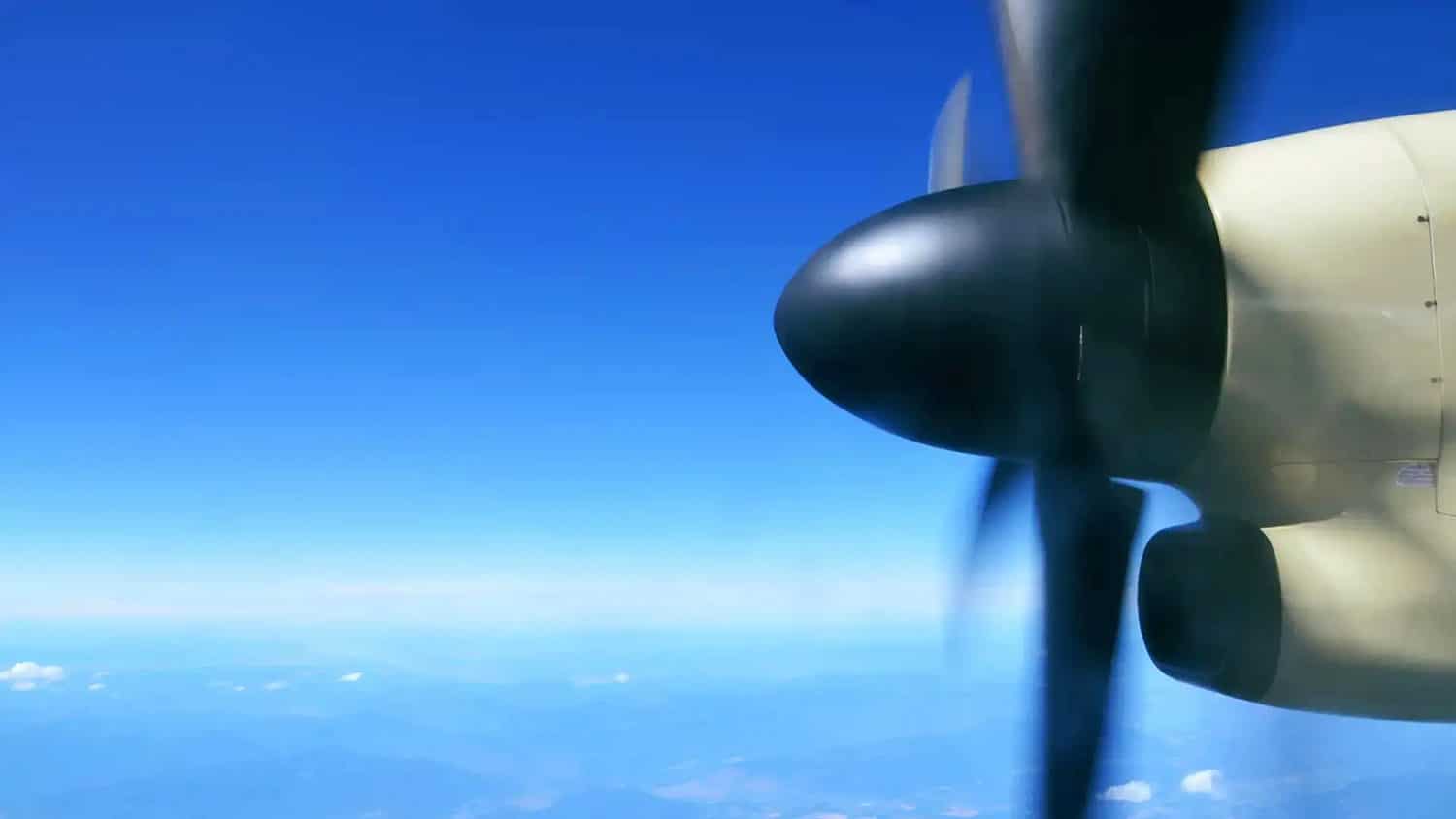
Electrification has increasingly attracted attention across the aviation industry to meet more stringent requirements on fuel consumption and pollution emissions.
Due to the challenges posed by longer ranges, the main focus is currently on electric propeller planes that cover shorter distances. Propellers connected to electric motors are considered the most efficient propulsion system for short flights. However, these aircraft will have to fly at relatively low altitudes, resulting in noise nuisance for more than just the occupants. Therefore, the ambition to develop electric aircraft that are both quiet and energy efficient is somewhat thwarted by a trade-off problem.
Now, researchers at Chalmers University of Technology, Sweden, have developed a propeller design optimization method that paves the way for quiet, efficient electric aviation.
“We can see that the more blades a propeller have, the lower the noise emissions. But with fewer blades, propulsion becomes more efficient, and the electric aircraft can fly for longer. In that sense, there is a trade-off between energy efficiency and noise. This is something of an obstacle for electric aircrafts that are both quiet and efficient,” explains Hua-Dong Yao, Associate Professor and researcher in fluid dynamics and marine technology at the Chalmers University of Technology.
Hua-Dong Yao and his research team have succeeded in isolating and exploring the noise that occurs at the tip of the propeller blades (tip vortices), a well-known but less well-explored noise source. This allowed them to understand its role in relation to other noise sources generated by propeller blades.
By adjusting a range of propeller parameters, such as pitch angle, chord length, and blade count, researchers found a way to optimize the propeller design and compensate for the trade-off between efficiency and noise. The method can now be used in the design process of quieter propellers for future electric aircraft.
“Modern aircraft propellers usually have two to four blades, but we’ve found that by using six blades designed using our optimization framework, you can develop a propeller that’s both relatively efficient and quiet,” says Hua-Dong Yao. “The propeller achieves a noise reduction of up to 5-8 dBA with only a 3.5% thrust penalty, compared to a propeller with three blades. That’s comparable to the noise reduction of someone going from speaking in a normal conversation voice to the sound you would perceive in a quiet room.”
The new findings indicate that noise mitigation through the modification of the blade design and number can be traded off by the changed aerodynamic performance.
Journal reference:
- Hua-Dong Yao, Zhongjie Huang, Lars Davidson, Jiqiang Niu, and Zheng-Wei Chen. Blade-Tip Vortex Noise Mitigation Traded-Off against Aerodynamic Design for Propellers of Future Electric Aircraft. Aerospace, 2022; DOI: 10.3390/aerospace9120825
Advanced propeller design for quiet, efficient electric aviation
Source: Tambay News

0 Comments